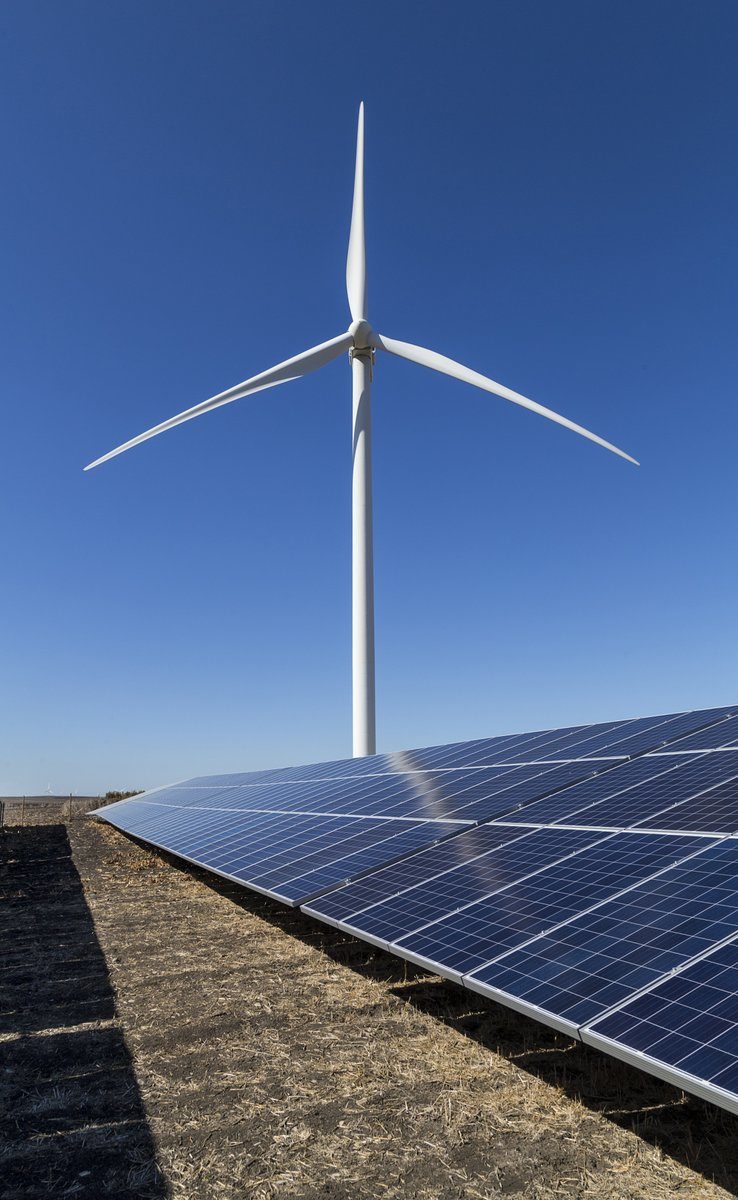From pv magazine, April edition
These rights of personhood conferred to corporations in 1897 also allow for the corporation to be tried and convicted. In 2016, PG&E was found guilty in Federal Court of violating pipeline safety rules and misleading investigators over the 2010 pipeline explosion in San Bruno that killed eight people and destroyed 38 homes.
PG&E’s recent bankruptcy filing appears a strategic defensive move designed to protect the utility from liability. The utility’s filing potentially enables it to renegotiate power purchase agreements, in particular for solar contracts, at rates the utility argues, reflect new, lower costs. In its filing, the utility asked the court to allow it to cancel US$42-billion in 387 energy contracts that it entered into over the past 15 years. 298 of the contracts were for solar, wind, or other renewables. Just the potential of contract cancellation and renegotiation has affected the credit ratings of utility scale projects in the state and could affect the ratings of projects outside of California, if these projects are on the Western Grid and sell electricity to PG&E. The U.S. Federal Energy Regulatory Commission has stated it has veto power over the bankruptcy court in this regard.
PG&E’s latest bankruptcy is being overseen by the same Federal judge who oversaw its 2001 bankruptcy filing, Judge Dennis Montali. In PG&E’s first filing, Judge Montali upheld the PPAs. Despite the precedent set here, a different decision is possible given the different market circumstances today and in 2001.
Right to renegotiate?
A glance at the chart to the right, which depicts U.S. demand and average module prices from 2001 through 2018, illustrates that U.S. solar deployment has grown significantly, while module prices have decreased drastically over the same period. PG&E could argue that the significant price decrease for components calls for a reassessment of current PPA rates, allowing the utility to intimate that this might lead to lower costs for it as it restructures, as well as lower electricity prices for ratepayers. Allowing the utility to renegotiate its contracts inserts uncertainty and, therefore, risk into the development process, potentially shaking investor confidence.
Popular content
The Republic of South Africa’s government-owned utility offers an example: In mid-2016, Eskom began refusing to sign PPAs won under the country’s Renewable Energy Independent Power Producer Program (REIPPP) with Independent Power Producers (IPPs). Eskom’s action stalled solar project development in the country. In 2018, South African courts ruled that Eskom must resume signing the abandoned PPAs, which the utility did late that year. This year, the government looks to be moving to renegotiate PPAs signed under its 2011 and 2012 REIPPP in an attempt to aid its technically-bankrupt utility.
Back to PG&E: Pay attention to this case, because should the judge allow it to renegotiate its contracts, a precedent will be set. This could encourage other utilities in the Unites States and elsewhere to take the same action, thus inserting uncertainty and risk into the solar market. Granted higher risk generally means higher reward, but, as the solar industry has no control over the price of its components, or the value of its product (electricity), higher risk may mean lower reward.
From raw material to the produced kilowatt hour, a free market does not exist for electricity – just ask OPEC. Should the bankruptcy court (and potentially FERC) allow PG&E to renegotiate its PPAs, will net metering be far behind?
The views and opinions expressed in this article are the author’s own, and do not necessarily reflect those held by pv magazine.
This content is protected by copyright and may not be reused. If you want to cooperate with us and would like to reuse some of our content, please contact: editors@pv-magazine.com.


1 comment
By submitting this form you agree to pv magazine using your data for the purposes of publishing your comment.
Your personal data will only be disclosed or otherwise transmitted to third parties for the purposes of spam filtering or if this is necessary for technical maintenance of the website. Any other transfer to third parties will not take place unless this is justified on the basis of applicable data protection regulations or if pv magazine is legally obliged to do so.
You may revoke this consent at any time with effect for the future, in which case your personal data will be deleted immediately. Otherwise, your data will be deleted if pv magazine has processed your request or the purpose of data storage is fulfilled.
Further information on data privacy can be found in our Data Protection Policy.